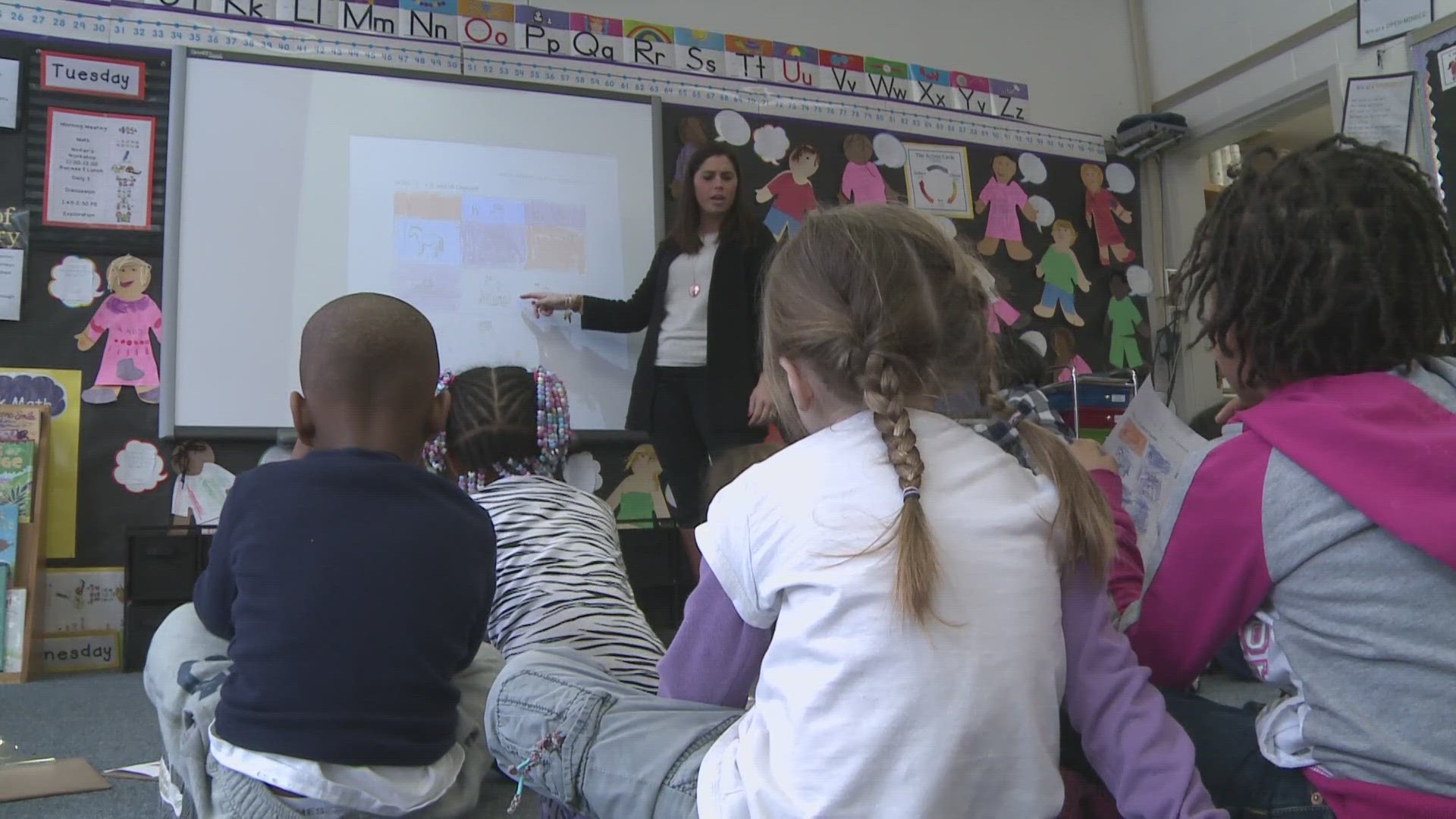COLUMBUS, Ohio — Call it the new ABC’s … “Attendance Bringing Cash.”
Legislators are considering Ohio House Bill 348, which would set up a two-year pilot program to pay ninth graders and the parents of kindergarten students who have an attendance rate of 90% or higher.
The goal is to address Ohio’s chronic absenteeism rate. The state considers a student chronically absent when they miss 10% or more of school hours.
According to an October press release from the Ohio Department of Education & Workforce, “in the 2022-2023 school year, Ohio’s chronic absence rate was 26.8%, meaning more than 615,000 students in the state were chronically absent.”
“Frankly, we have tried a lot of things, and most things aren't working,” says State Representative Dani Isaacsohn, one of the sponsors of the bill.
Representative Isaacsohn, who represents District 24 in Cincinnati, is sponsoring the bill with fellow Cincinnati State Representative Bill Seitz, a Republican serving District 30.
If passed in its current form, schools with “chronic absenteeism in the highest quartile in the state based on the most recent report cards” would be able to apply.
“We're going to pick the sort of worst of the worst on attendance and see if we can move the needle,” Representative Seitz testified in a January 16 House Primary and Secondary Education Committee.
At least one rural school district and one urban school district will be chosen to participate.
If a school is selected, half of their 9th grade students and the parents of kindergarten students would receive one of three payment options for high attendance. The other half would not.
Ohio’s Department of Education would then study the attendance rate of both groups to see if the program is working.
The payments for those participating in the incentivized group are either $25 biweekly, $150 at the end of each academic quarter, or $500 at the end of the school year. Students would need to have an attendance rate of 90% or higher for the payment period.
The money would come out of the Department of Education and Workforce budget.
“It’s $1.5 million over two years, which in the scope of the state’s education budget, it’s a pretty small amount,” Rep. Isaacsohn says.
According to Department data, state funding for primary and secondary education totaled $11.64 billion in fiscal year 2023. The program would run for fiscal years 2024 and 2025.
According to Rep. Isaacsohn, kindergarten and 9th grade students are the focus because the Department of Education says those are the years when culture gets set for attendance.
House Bill 348 would also create a separate “Graduation Incentive Pilot Program” to provide financial awards to eligible students who graduate from a school ranked in the lowest 20% of school districts according to the Ohio Department of Education and Workforce’s four-year adjusted cohort graduation rate.
Read the full version of House Bill 348 here.
More Education Station:
- Trying to complete the 2024-25 FAFSA form? Applicants are experiencing multiple glitches, delays on updated site
- Mom files lawsuit against Avon Lake City Schools Board of Education, cites alleged violations of Ohio's Open Meetings Act
- Education Station: Polaris special admissions job training program aims to highlight benefits of employing people with disabilities
- AFT 'Real Solutions for Kids and Communities' campaign stops in Cleveland to spotlight Lincoln-West School of Science & Health at MetroHealth

